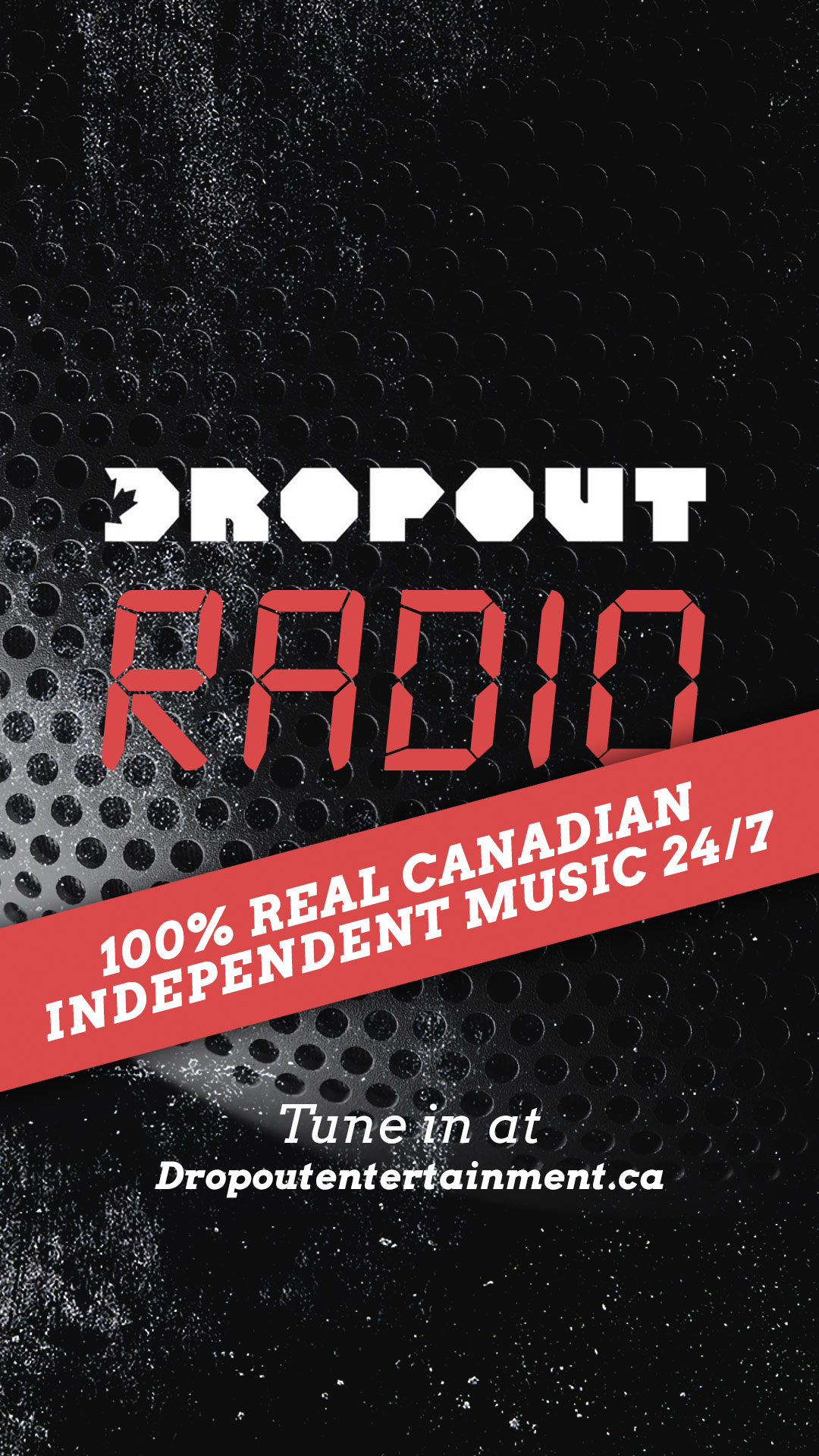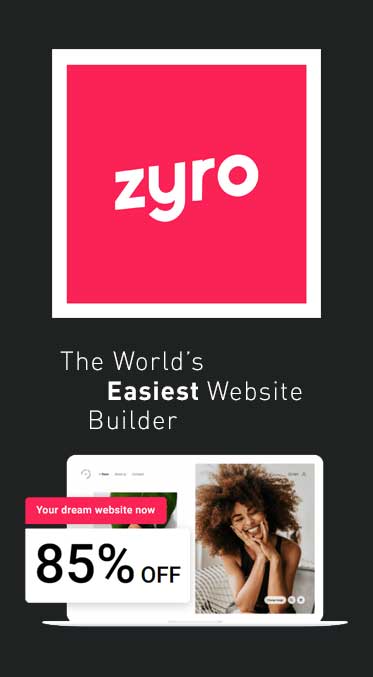The Experience Economy in 2019
The Experience Economy in 2019
A study from Cornell University revealed that taking part in the experience economy can actually be good for your customers well being, as well as your bottom line.
In this
The study states,
“people get more retrospective enjoyment and satisfaction from their experiential purchases than from material purchases. And other research has shown that people often hold off on experiences so that they can savor the thought of eventually having them.”
The study goes on to say
“The researchers discovered that people thinking about impending experiential purchases, such as ski passes or concert tickets, have higher levels of happiness than those who anticipate spending money on things.”
The human body reacts well to interesting and new stimulation. It creates a sense of anticipation, often that’s greater than the experience itself. When we hit up a baseball game or go out with friends for a meal – we’re building social relationships and that’s inherently rewarding.
The study notes this as important.
“Our research is also important to society because it suggests that overall well-being can be advanced by providing an infrastructure that affords experiences – such as parks, trails, beaches – as much as it does material consumption”
In 1998 the Harvard Business Review described the experience economy as a market where “a company intentionally uses services as the stage, and goods as props, to engage individual customers in a way that creates a memorable event.”
That was a valid observation made in 1998.
In 2015 Forbes noted two distinct kinds of the experience economy. The participatory experience and the passive or “connection” experience. The two kinds of experiences are described as:
“Customer Participation. Customers can participate actively or passively in an experience. With active participation, a consumer plays a key role in creating the event or interaction that generates the experience. Have you ever gone to a mystery dinner theatre? You were an actively participating consumer in that space. Not a whodunit fan? Some consumers prefer to participate passively just by showing up. Concert attendees, for example, participate in their presence. Whether you prefer active or passive consumer participation, you’re still getting exactly the experience you want.
Connection. Physical and mental connectivity determine experience levels, too. The two ends of the connection spectrum are absorption and immersion. If you’re taking notes in a lecture, for example, you’re more absorbed in the connection to the material than you would be if you were studying alone from a textbook. If you watch a sporting event standing on the immediate sideline, you’re immersed in your connection to that experience (as opposed to watching it from the nosebleeds). One type of connection to experience is not more telling of consumer behavior than the other (although it is important to marketers). At the end of the day, having a connection in the first place is the most important part.”
People like to be engaged with the world around them because there are other people there to make connections with, and making meaningful connections is rewarding, and I don’t think that information is anything new.
What can be considered new is the introduction of social media and the new hunger for content?
Whereas previously the experience economy existed in reference to the value people place on those experiences for themselves – while still true, it’s now coupled with the perceived experience value, as consumers no only consider their own enjoyment, but the potential enjoyment of their followers.
So let’s take a look at how to capitalize on experiences in your business.
1. Experience Enhancement and Social Media Calls to Action
If you’re a retailer or entertainment venue like a restaurant, you’ve already got a very high experiential business on your hands. Hopefully, you’ve put in the time and thought on your store’s interior, when doing so did anyone ask, how will this look on Instagram? Depending on your layout and aesthetic you could conceivably set up an Instagram feature or portrait wall – something unmissable and photographable. Bright
2. Try the opposite thing than your thing!
Collaborations are GREAT for social media. If you’re a restaurant why not partner with a clothing designer and host a retail pop-up? If you’re a fashion retailer why not collaborate with a restaurant or a caterer and host a Sunday brunch sale! Social media is usually a share and share alike game in situations like this, but make sure you’re on top of covering the event as much as making it a success for the guests that show up.
3. Create an experience
If you don’t have a brick and mortar to play with – and even if you do – there’s nothing better than going out into the world and meeting people. Take some product samples with you set up a sweet fancy looking stand and hang out in a
4. Sponsor an Experience
Maybe setting up an ‘experience’ is too much work, so why not sponsor an existing experience? Nightclub events, concerts, and sporting events are always go-to choices. There are also smaller events like wine-tastings and dinner-pop-ups that might be brand appropriate. If you do sponsor an event, make sure you’re business is represented there somehow, if not as a feature then maybe as a gift; just don’t ONLY be a logo on an invitation.
5. Experiment
This is by far the most effective advice we give, and the most frequent. Marketing is an art and a practice – not a science. Your audience might be totally different than your competitor, maybe your audience has no idea you exist yet. In a city like Toronto, there is always something happening – and an eager 3.5 million people ready to participate in the next something they can experience.
Remember when everyone lined up for Black Ice Cream?
Conclusion: The experience economy is simply the amount of money people are willing to part with when provided an experience – a memory. Business models like movie theatres, concert promoters, and amusement parks, obviously have the advantage on this but that doesn’t mean any business can’t tap into this market to some level.
Comments


